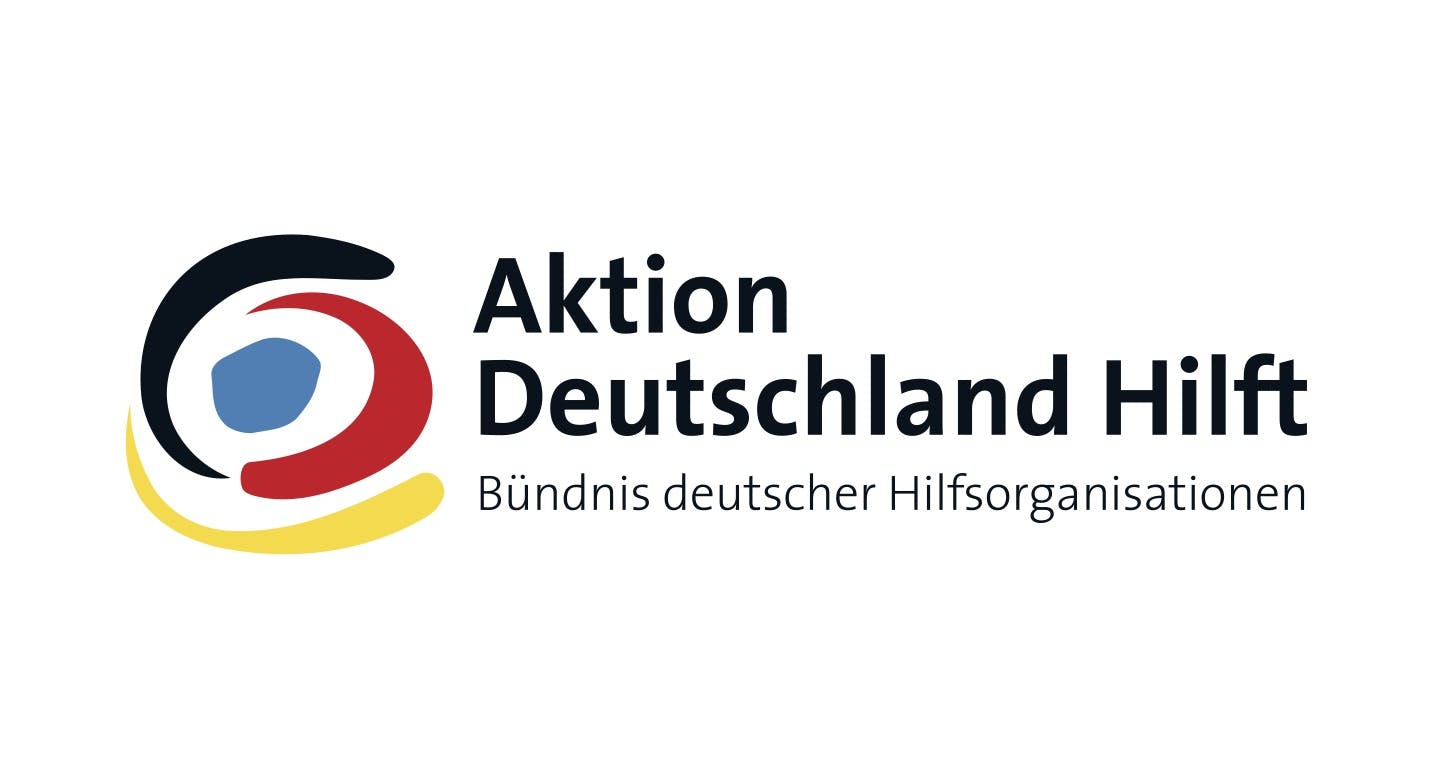Environmental Impact Assessment Tools for Humanitarian Action
280,00 €
Overview
Humanitarian projects inevitably have both positive and negative impacts on the environment. Negative environmental effects can undermine humanitarian outcomes, slow disaster recovery, and harm affected communities. While Environmental Impact Assessments (EIAs) are a proven method for predicting and improving the environmental consequences of projects, traditional EIA approaches are often too complex, costly, and time-consuming for the realities of humanitarian operations.
This course introduces simplified tools for assessing the environmental impact of humanitarian activities. It also explores the theoretical foundations behind these tools to apply EIA-based methods more effectively — ultimately improving both environmental outcomes and the overall success of your projects.
(Members of ADH Organizations can apply for fee reimbursement. Please check within your organizations regarding the internally announced procedure.)
You will learn
- The fundamentals of an EIA based approach.
- The various strengths and weaknesses of Environmental Screening, standards and guidelines are.
- Use of Environmental Screening methods work to conduct simplified EIAs in humanitarian contexts.
- How to apply an EIA approach in your own work to improve environmental sustainability.
Downloads
Lecturers
Advice & contact








